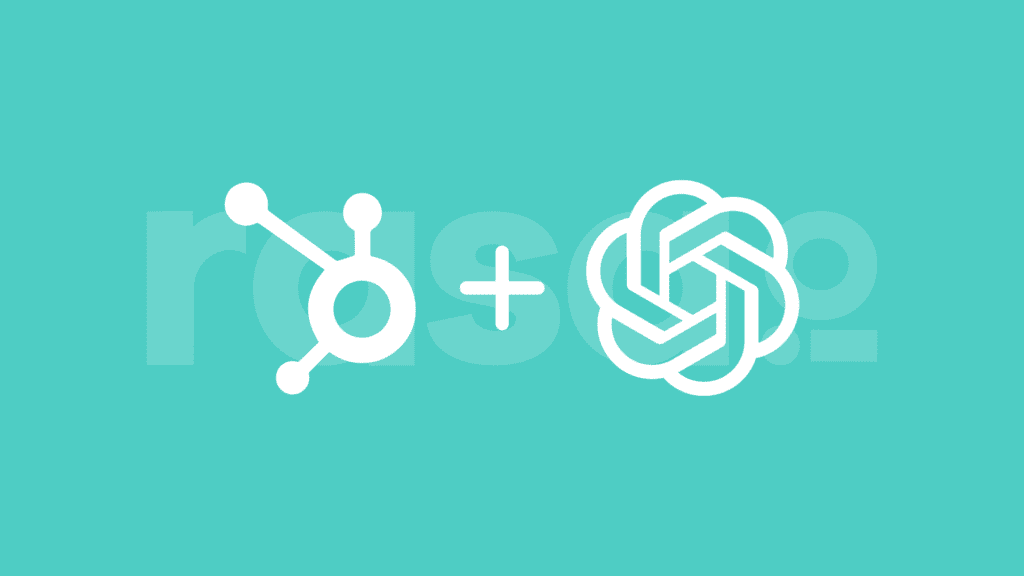Is your association being held back by outdated systems, siloed data, or clunky member experiences? You’re not alone! Many organizations struggle to move away from legacy technology, resulting in frustrated staff, disengaged members, and missed growth opportunities. While it may feel easier to stick with what “sort of works,” embracing change can open the door to smarter, more effective operations.
For many associations, deciding on new technology is actually the easy part. The real challenge begins with implementation. From aligning stakeholders and migrating data to training staff and preparing for launch, there’s a lot to get right.
Whether you’re adopting an association learning management system (LMS) or modernizing your member marketing tools, the strategies we’ll explore will help you successfully roll out your technology.
Offering Learning Opportunities
If professional development is a top priority, your association may invest in an LMS. These solutions empower you to offer courses and other learning opportunities to your members. Associations use LMSs to easily support learning and development with features such as:
- Certification and credentialing
- eCommerce options to bundle products or sell content at different price points for members, non-members, and others
- Virtual events like webinars
Skill development is one of the top reasons members join associations, making it easy to explain the reason behind your investment. If you have responses to member engagement surveys showing interest in learning opportunities, that concrete evidence makes your case even stronger!
Improving Member Outreach
Maybe your current outreach efforts feel fragmented or impersonal. For instance, your email newsletters might not generate the same open rates they used to. Or perhaps your event invitations are going unopened. These are signs that it’s time to invest in tools that support more targeted, personalized outreach.
In this case, implementing tools that help you segment your audience and personalize content is essential for reliably reaching and engaging your members. Let’s say you’re specifically focusing on email. You might communicate that your association is implementing a new email marketing platform, because it’s one of the most reliable outreach methods, allows for behavior-driven messaging, enables A/B subject line testing, and tracks engagement metrics.
Send emails that are personalized to each individual
With the rasa.io’s Campaign tool, create email campaigns
tailored to each individual.
Enhancing Internal Workflows
Sometimes, the biggest wins are behind the scenes. Think about how the new tech can reduce manual work, create efficiencies, or improve reporting. Automating repetitive tasks or consolidating disparate systems can free up staff time and improve accuracy. Better reporting can also help you track member behavior and refine your offerings over time.
Some tools may incorporate artificial intelligence (AI) to streamline operations, like automating responses to routine member inquiries with a chatbot or generating personalized marketing content. BWF’s responsible AI guide encourages organizations that implement AI technology to be transparent about how and why they’re using it. There will be a healthy amount of skepticism about how your association uses the data it collects, so be prepared to explain how it benefits your mission, staff, and members.
Build the Right Implementation Team
Successful implementation isn’t a solo mission. Form an implementation team to test your software, provide feedback, and anticipate questions or roadblocks that others might face. Here’s who to include on your team:
- Project Manager: Oversees the implementation process to make sure that milestones are met, timelines stay on track, and resources are allocated appropriately. Acts as the main point of contact among all team members.
- IT/Tech Lead: Handles system setup, manages software integrations, ensures data security, and troubleshoots technical issues.
- Communications Lead: Develops communication strategies regarding the software, drafts email updates, creates training materials, and keeps stakeholders informed during every stage of the process.
- End-User Representatives: Serve as the voice of the staff or members who will use the system daily. They identify usability concerns, offer feedback, and help guide training needs.
Consider inviting staff members from different departments to set up your new software implementation for success. Including different departments will engage staff and foster a sense of shared ownership in the rollout.
Prepare Your Staff and Members
A tech rollout is only as strong as your staff and members’ confidence in using the tool. Investing in training and preparation can boost the long-term success of your association’s new technology.
Prepare everyone for the upcoming transition by taking these steps:
- Create a communication plan that outlines what information will be shared, when, and with whom. Include timelines, reasons for the implementation, staff responsibilities, and FAQs.
- Schedule the transition to include plenty of time for training and settling into the new tool.
- Leverage training and onboarding resources from your new technology vendor.
- Create role-based onboarding guides to help each user understand how the technology applies to them.
- Host live demo sessions to explore new features and ask questions in real time.
- Develop a knowledge base or resource hub with how-to articles, video tutorials, and troubleshooting tips.
- Gather input through surveys to adjust your training and communications as needed.
Let’s say you’re rolling out a feature-rich LMS. Don’t expect your association’s members or staff to master it in one sitting. Encourage users to explore key features at their own pace using walkthroughs, tooltips, or vendor-provided training resources. You could create a quick start guide that highlights how to access on-demand courses, register for live webinars, and track progress toward certifications. You might even provide a point of contact for them to reach out with questions.
Internally, you may train staff on how to create and manage courses, upload resources, and monitor learner progress. This will help them feel confident using the platform, so they can create effective learning experiences!
Plan for Data Migration and Cleanup
Even if you don’t realize it, your association handles a lot of data. That includes individual member information, engagement data, internal performance metrics, payment records, and much more.
When you implement a new system, any relevant data should be accurate, clean, and prepared for migration. Before implementation, take inventory of your current systems and:
- Identify redundant or outdated records that don’t need to be transferred.
- Standardize naming conventions and tags across platforms for consistency (e.g., use standard postal formats like “123 Main St., Apt 4B, Baton Rouge, LA 70801” instead of “123 Main Street #4B”)
- Ensure data fields align with the new system’s structure and required inputs.
For example, if you’re transitioning to a new email marketing platform, clean up your email lists in advance. Remove inactive addresses or those that bounce emails. Make sure each contact is clearly labeled based on their interests or communication choices. Also, confirm that your data fields match the requirements of your new system to preserve automation workflows and segmentation.
The good news is that many vendors offer support during the migration process. You can also work with a technology consultant to manage your data and get it added to your new system. Whatever your approach is, investing in data prep now will prevent frustration later.
Final Thoughts on Association Tech Implementation
In many cases, implementation challenges aren’t caused by the software itself, but by human factors like unclear goals, miscommunication, or poor preparation. Whether you’re updating your learning tools or improving your email outreach, the implementation phase is where all your planning comes to life.
Your association already spent the time finding the right software, so make sure you invest just as much effort into ensuring a successful rollout.












